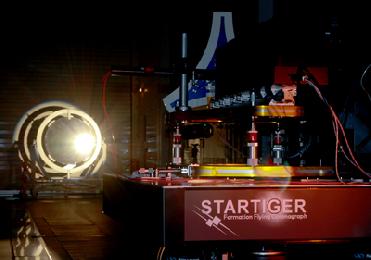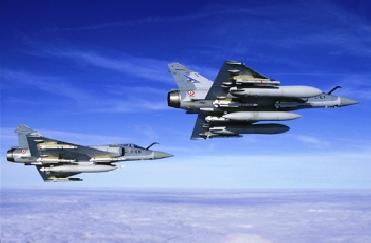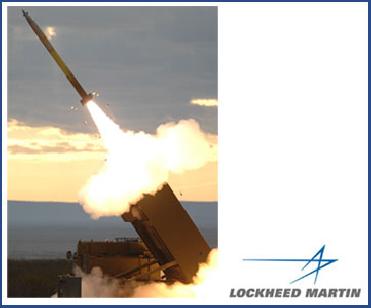
StarTiger-2 external coronagraph demonstrator during testing. A Laboratoire Astrophysique d�Marseille Photo.
PARIS (BNS): The Laboratoire Astrophysique d’Marseille (LAM) has been successful in developing a new type of space mission, targeting a mysterious segment of the Sun normally hidden in plain sight.
ESA's latest StarTiger project has demonstrated a way to produce a perpetual eclipse in space: fly two satellites in tight formation so that one casts a continuous shadow across the other.
Considering each satellite would be moving at multiple kilometres per second, the idea presents substantial problems in navigation and control terms. But success opens up the prospect of sustained access to inner zones of the Sun’s corona, currently glimpsed from the ground only for a few minutes per year during total solar eclipses, according to a news report by ESA.
“ESA’s StarTiger is a new R&D approach, one that has paid off handsomely here,” commented Peter de Maagt, overseeing the StarTiger initiative.
The two satellites will fly 150 m apart, the first hosting a ‘coronagraph’ instrument while the second, ‘occulter’, casts a shadow across it with a maximum positioning error of a few millimetres. Photosensors around the coronagraph will monitor the shadow’s position while an LED array on the occulter allows optical tracking from the observer satellite.
For the purposes of the scale-model, the simulated Sun, occulter and coronagraph were all on the same optic bench, with light reflected via a distant mirror to mimic the planned operating distance. This setup allowed complete end-to-end modelling of the proposed system.
The StarTiger coronagraph would perform spectral as well as spatial coronal monitoring, incorporating an innovative liquid-crystal-based spectrometer design and a ‘smart’ active pixel sensor (APS) detector covering the very wide dynamic range of coronal light levels. As part of the project’s secondary objectives, both elements were also prototyped, as per the report.
StarTiger stands for ‘Space Technology Advancements by Resourceful, Targeted and Innovative Groups of Experts and Researchers.
 Previous Article
Previous Article Next Article
Next Article












The Indian Air Force, in its flight trials evaluation report submitted before the Defence Ministry l..
view articleAn insight into the Medium Multi-Role Combat Aircraft competition...
view articleSky enthusiasts can now spot the International Space Station (ISS) commanded by Indian-American astr..
view article